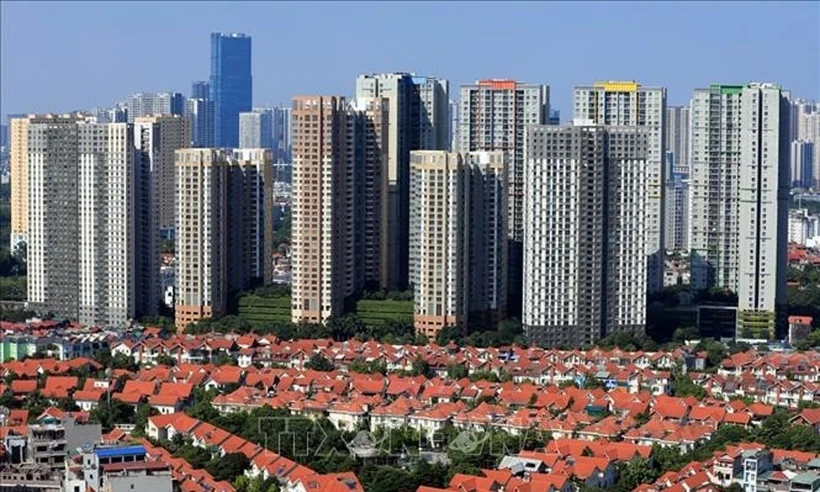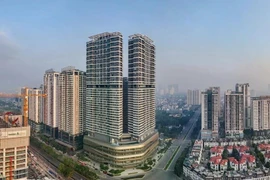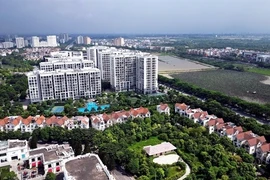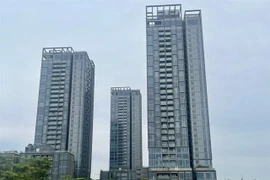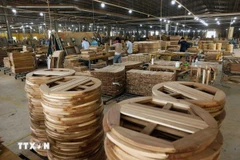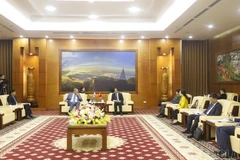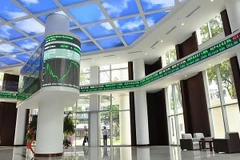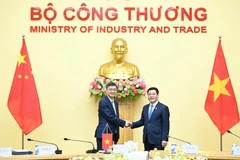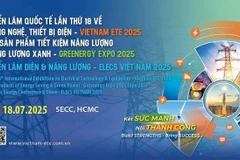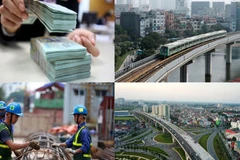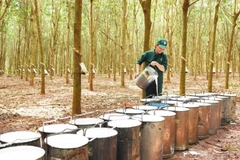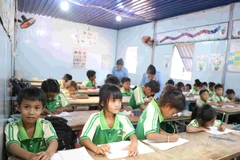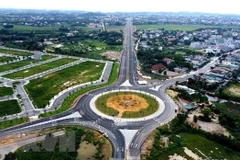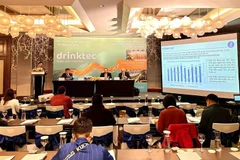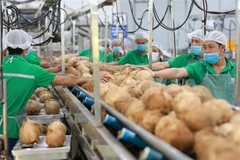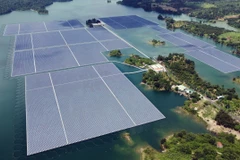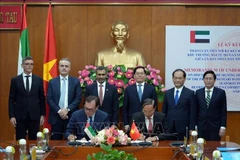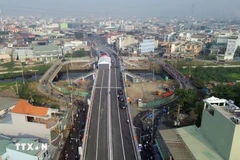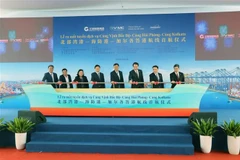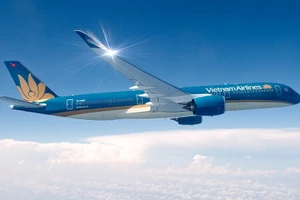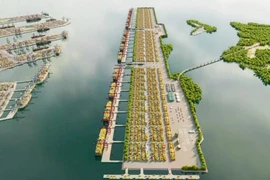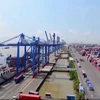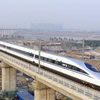Hanoi (VNA) - Experts forecast that real estate will remain a promising investment channel in 2025, with the most dynamic segment closely tied to infrastructure projects.
According to Savills Vietnam, a more favourable real estate investment environment is expected in 2025 as cyclical challenges subside and the market continues its recovery. As a result, investment value is anticipated to improve globally, while capital flows will accelerate, driven by rebounds in key markets.
Dr. Tran Kim Chung, former Deputy Director of the Central Institute for Economic Management (CIEM), highlighted infrastructure-linked real estate as the key growth driver, fueled by major projects like Long Thanh Airport, the North-South Expressway, and transit-oriented developments (TOD) urban models.
Another bright spot is industrial real estate. Chung noted that continued FDI inflows and synchronised infrastructure expansion will accelerate the development of industrial zones, providing strong momentum for this segment.
The pace of public investment disbursement, particularly in infrastructure, will significantly influence the real estate market’s recovery.
Huynh Tuan Kiet, Head of Residential Marketing at CBRE Vietnam, stressed that infrastructure remains a key driver of real estate trends. He pointed to the government’s substantial public investment plans in southern Vietnam, spanning airports, ring roads, and expressways, including major highway projects in the Mekong Delta.
Ring roads and expressways will create a trend of developing dispersed urban areas. As land prices and availability become increasingly restrictive in central areas, opportunities will emerge in Binh Duong, Long An, and in outlying districts of Ho Chi Minh City. Meanwhile, metro projects have already reshaped the landscape of eastern Ho Chi Minh City, with property prices along metro lines surging by 50–70%, and in some cases, by nearly 150%.
In the southern region, Dong Nai has become a focal point for investment, bolstered by a series of infrastructure development plans. Notably, the province recently proposed constructing an underwater tunnel instead of a bridge, marking a significant shift in its connectivity strategy.
According to CEO of SG Holdings Nguyen Thanh Sang, real estate remains a preferred asset accumulation channel for investors, with timing being the critical factor. Recent trends indicate a shift in investment capital toward areas with competitive pricing and strong growth potential, where infrastructure planning and connectivity are key considerations. From 2026, peripheral real estate markets around Ho Chi Minh City are expected to gain significant traction.
In northern Vietnam, while infrastructure development has been a priority, further enhancements and expansions are underway. Although the real estate market in the north is not as heated as in the south at this period, select areas still offer substantial growth opportunities for investors.
Nguyen Quoc Anh, Deputy CEO of Batdongsan.com.vn, highlighted that various regions continue to show strong price growth potential. Moving forward, the northern market, particularly eastern Hanoi, will attract heightened investor interest, he said, adding that large-scale, well-planned urban projects in suburban areas are set to drive this trend.
In Hanoi, outlying Dong Anh and Me Linh districts are expected to see an upswing in real estate supply and transactions. Additionally, the accelerated planning of Metro Lines 1 and 8 is anticipated to enhance connectivity between eastern Hanoi and the city centre, further fueling market activity./.
